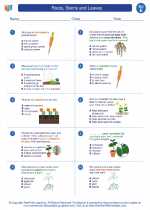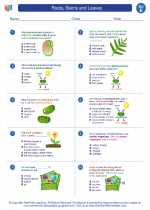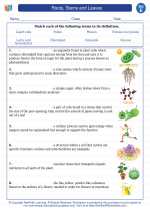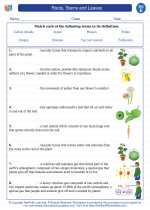Helminths
Helminths are parasitic worms that belong to the phylum Platyhelminthes (flatworms) and Nematoda (roundworms). These worms can infect humans and animals, causing a range of diseases. Helminth infections are common in areas with poor sanitation and hygiene practices.
Types of Helminths
There are three main groups of helminths that infect humans:
- Flatworms (Platyhelminthes):
- Trematodes (flukes): These flatworms have a complex life cycle involving freshwater snails and can cause diseases such as schistosomiasis.
- Cestodes (tapeworms): Tapeworms can be acquired by consuming undercooked or raw meat contaminated with tapeworm larvae.
- Roundworms (Nematodes):
- Ascaris lumbricoides: A common intestinal roundworm that can cause ascariasis.
- Hookworms: These parasites infect the small intestine and can cause anemia and nutritional deficiencies.
- Trichuris trichiura: Also known as the whipworm, it infects the large intestine and causes trichuriasis.
- Enterobius vermicularis: The pinworm, which commonly infects the colon and rectum.
Life Cycle
The life cycles of helminths vary depending on the species. In general, helminths have complex life cycles that involve one or more hosts, such as humans, intermediate hosts (e.g., snails for trematodes), and definitive hosts (e.g., humans for tapeworms).
Transmission
Helminth infections can occur through various routes, including ingestion of contaminated food or water, penetration of the skin by larvae, and consumption of undercooked or raw meat containing helminth larvae.
Effects on Health
Helminth infections can lead to a range of health problems, including digestive issues, anemia, malnutrition, and impaired cognitive development in children. Chronic infections can have long-term consequences on overall health and well-being.
Prevention and Control
Preventive measures for helminth infections include promoting good hygiene practices, such as handwashing, proper sanitation, and safe food preparation. Mass drug administration and deworming programs are also important in controlling helminth infections in endemic areas.
Understanding the life cycles and transmission routes of different helminth species is crucial for implementing effective control strategies.
.◂Science Worksheets and Study Guides Fifth Grade. Roots, Stems and Leaves

 Activity Lesson
Activity Lesson
 Worksheet/Answer key
Worksheet/Answer key
 Worksheet/Answer key
Worksheet/Answer key
 Worksheet/Answer key
Worksheet/Answer key
 Worksheet/Answer key
Worksheet/Answer key
 Vocabulary/Answer key
Vocabulary/Answer key
 Vocabulary/Answer key
Vocabulary/Answer key
 Vocabulary/Answer key
Vocabulary/Answer key
